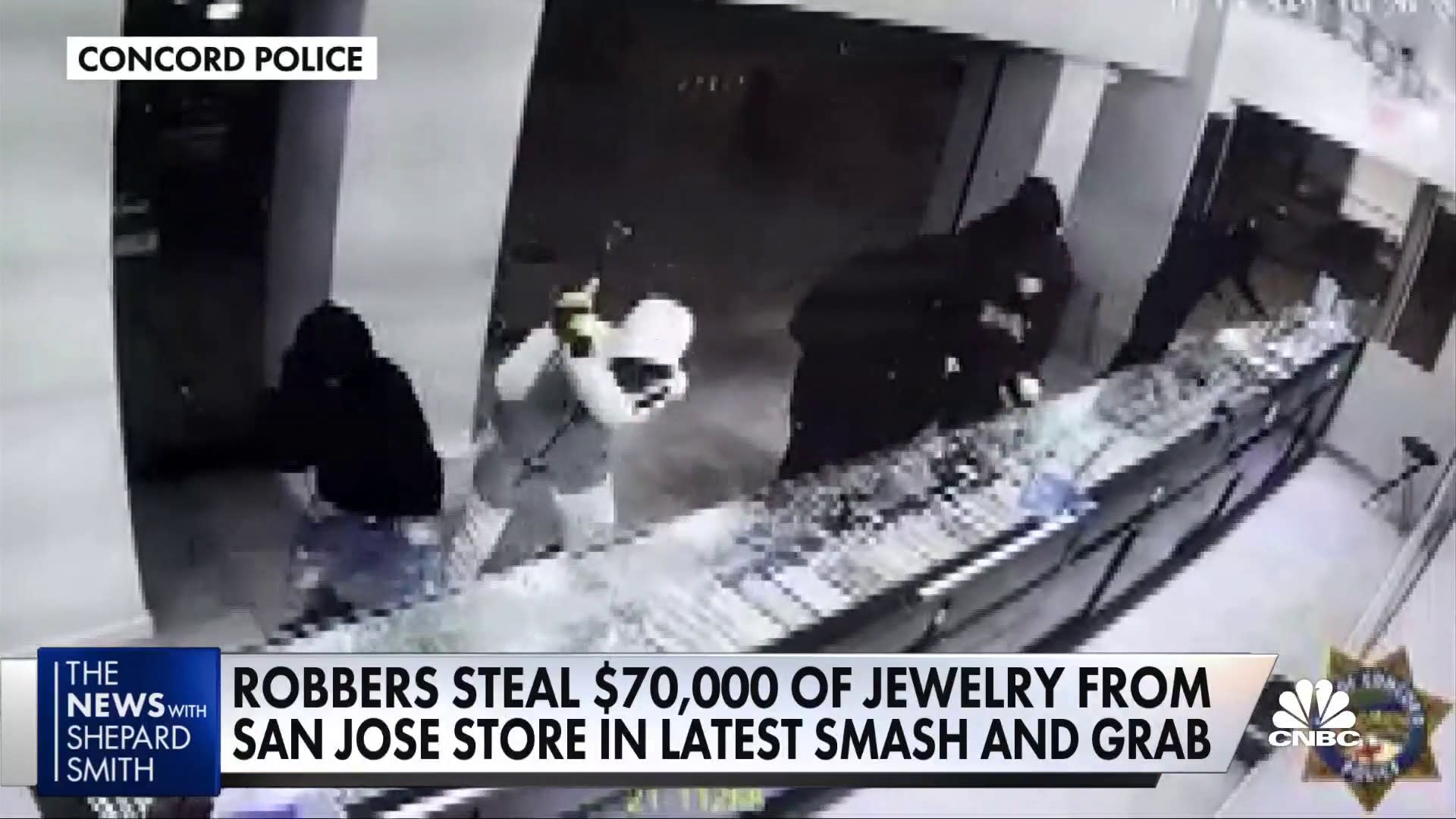
America’s biggest retailers say organized retail crime has grown into a multibillion-dollar problem, but the effectiveness of their strategies to solve it and the validity of the data overall have come into question.
Over the last several years, companies such as Home Depot, Lowe’s, Walmart, Best Buy, Walgreens and CVS have been sounding the alarm about organized bands of thieves who ransack their stores and resell the goods on online marketplaces.
They’ve poured money into theft prevention strategies, such as plastic cases, metal detectors, motion-sensing monitors and AI-powered cameras, and have warned if the problem doesn’t improve, consumers could end up paying the price.
“Theft is an issue. It’s higher than what it’s historically been,” Walmart CEO Doug McMillon told CNBC in December. “If that’s not corrected over time, prices will be higher, and/or stores will close.”
However, the problem isn’t as clear-cut as retailers and trade groups have made it seem.
Studies from the National Retail Federation show retail shrink cost retailers $94.5 billion in 2021, up from $90.8 billion in 2020, but the data is largely qualitative and cannot be fact-checked because it’s gathered from an anonymized set of retailers.
Plus, the $94.5 billion in losses refers to shrink overall, meaning the difference between the inventory a company records on its balance sheet and what it can actually sell. That difference accounts for items that were shoplifted but also includes inventory that was damaged, lost or stolen by employees.
External retail crime accounts for only 37% of those losses, or about $35 billion, the NRF data shows.
At least one major retailer recently conceded that it may have overblown the problem.
“Maybe we cried too much last year,” Walgreens Chief Financial Officer James Kehoe said on an investor call in January when asked about shrink. “We’re stabilized,” he added, saying the company is “quite happy with where we are.”
Still, law enforcement agencies and retailers insist organized retail crime remains an issue and said they stand behind their data.
“I can tell you that in our world, we know that crime is increasing. We see it every day in our stores,” Scott Glenn, Home Depot’s vice president of asset protection, told CNBC. “Our internal information shows us that that’s on a year-over-year basis, growing at double-digit rates.”
Watch the video to learn more.






